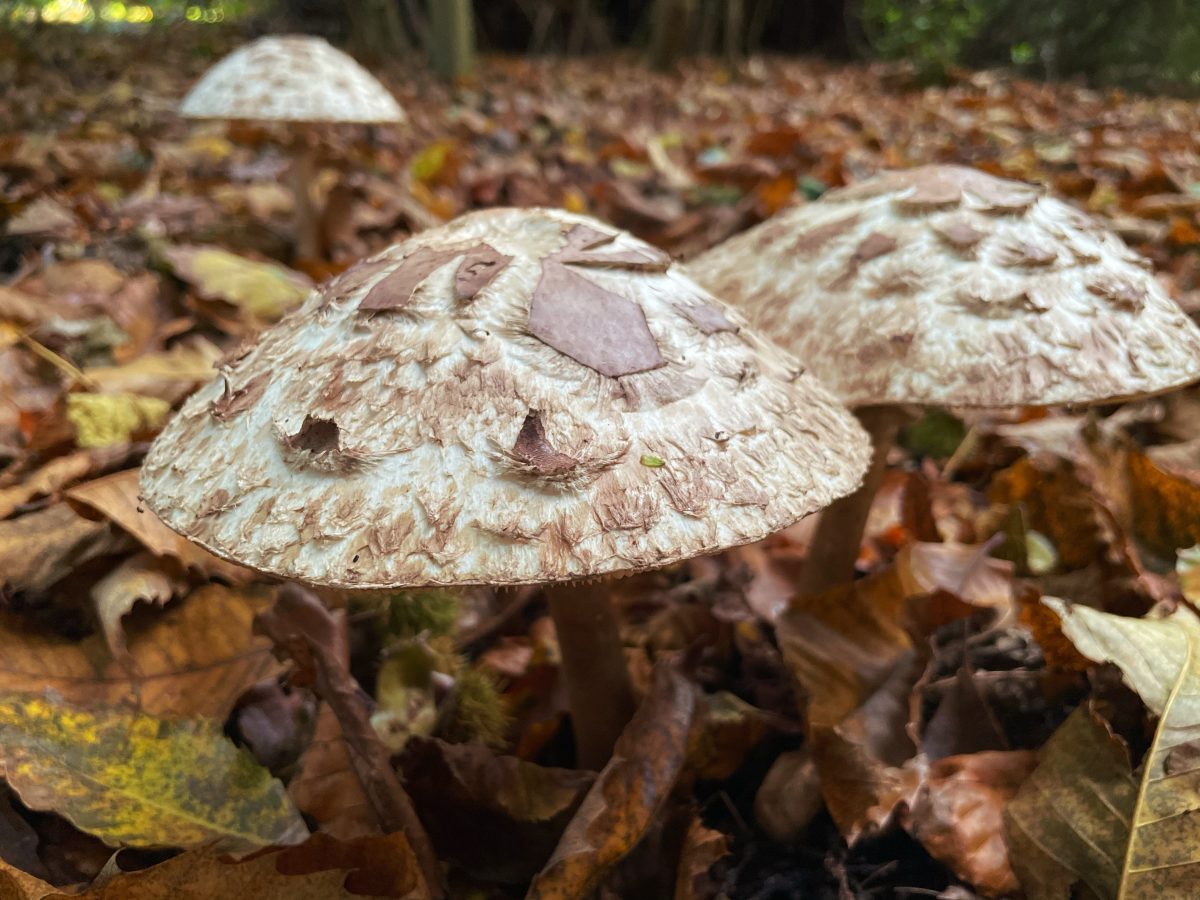Soil may not always be the most enticing subject, but it underpins nearly all essential life systems, and it also needs protection!
When we think about the role forests, grasslands and other ecosystems perform in sequestering carbon and acting as a habitat for numerous species, soil’s role is equally important as what is happening above ground.
The Carbon levels in soil are largely dependent on the Soil Organic Matter (there’s also some inorganic matter from minerals). This organic matter includes bacteria, fungi, decaying plant/animal matter and other products, all rich in carbon! And so as you can imagine the carbon contents of soil are dependent on there being healthy ecosystem processes such as photosynthesis, respiration and decomposition.
Soil Degradation
Covering much of our planet, soil is the anchor of much of the life we see on earth. But it is also a delicately balanced ecosystem, and degraded topsoil can be easily swept away by wind, or washed away by rainfall.
Soil degradation is one of the greatest environmental challenges we face, affecting almost everyone on the planet. Unsustainable land management, pollution, and aggressive agricultural practices has led to large swathes of soil being degraded, which can take centuries to recover.
Carbon Sequestration in Soil
Soil is at the core of the planet’s carbon lifecycle. The Carbon levels in soil are largely dependent on the Soil Organic Matter, which includes bacteria, fungi, decaying plant/animal matter and other products, all rich in carbon. Healthy soil means high-value natural carbon capture!
There’s no small amount of carbon stored in soil. Nearly 80% of our terrestrial carbon (all carbon on land) is in soil! And there is an estimated 4 times as much carbon in soil than in our atmosphere (1,2).
This is why it is so important for us to protect soil. When land is converted from natural ecosystems to be used for more aggressive agriculture, the nutrient and carbon-rich soil can be depleted as the reduction of plant roots and residues reduces the soil organic matter. Pesticides and other chemicals are also a cause for soil erosion, causing long-term damage. Changing climate may also contribute to unexpected changes in soil carbon sequestration.
Soil regeneration is key to successful rewilding, whereby natural ecological processes take over and feed the soil, which in turn helps rebuild the land.
We can measure the carbon levels of soil to ensure our rewilding practices are capturing carbon, and by studying other soil keystone species (funghi, beetles, earthworms), we can also indirectly measure the improvement in biodiversity that healthy soil brings.

Further Reading:
- Ohlson, Kristin. The Soil Will Save Us – how scientists, farmers and foodies are healing the soil to save the planet (2014)
- Wohlleben, Peter. The Secret Network of Nature (2017)
- Lal, R., Carbon Sequestration, Philos Trans R Soc Lond B Biol Sci (2008)
- Ontl, T., Soil Carbon Storage, Nature Education Knowledge (2012)

